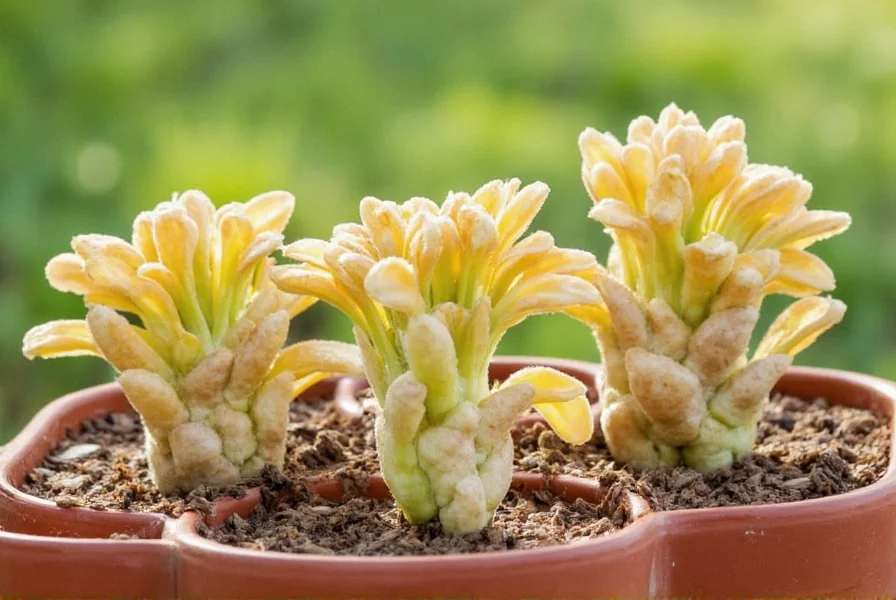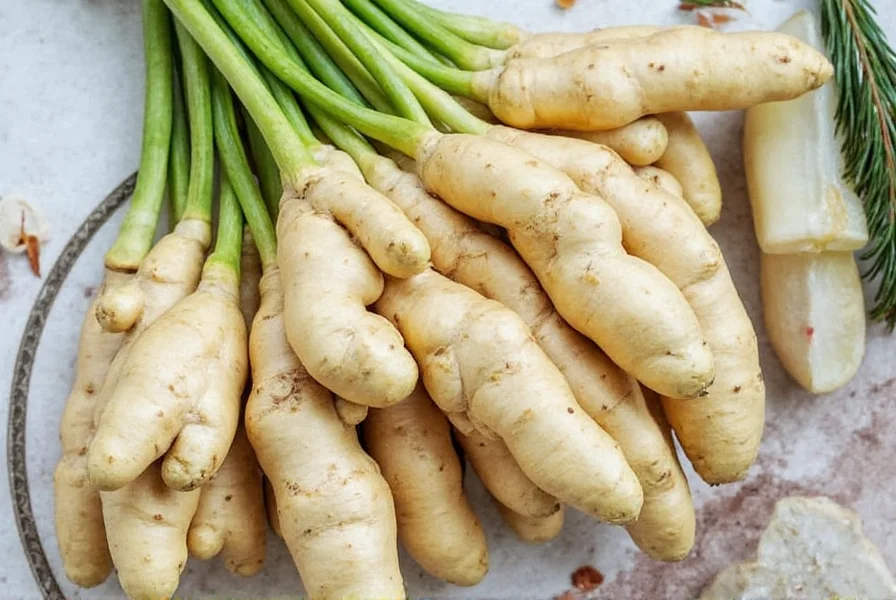Indoor ginger cultivation offers a rewarding way to enjoy fresh, organic ginger regardless of climate or outdoor space limitations. This tropical plant thrives in controlled environments when given proper attention to its specific growing requirements. Unlike outdoor cultivation, indoor growing protects ginger from temperature extremes while allowing precise control over moisture and light conditions.
Why Grow Ginger Indoors?
Growing ginger indoors provides several advantages over traditional outdoor methods. You can cultivate ginger year-round regardless of seasonal changes, protect your plants from pests and diseases common in outdoor gardens, and maintain optimal growing conditions through precise environmental control. Indoor cultivation also allows urban dwellers with limited space to enjoy homegrown ginger on windowsills, balconies, or under grow lights.
Essential Materials for Indoor Ginger Growing
Before starting your indoor ginger project, gather these essential items:
| Item | Specifications | Why It Matters |
|---|---|---|
| Ginger rhizomes | Fresh, plump with visible eyes | Healthy starting material ensures successful sprouting |
| Container | 12-16 inches deep, wide drainage holes | Provides adequate space for rhizome development |
| Soil mix | Well-draining potting mix with 30% perlite | Prevents root rot while retaining moisture |
| Light source | East-facing window or 14-16 hours of grow lights | Provides necessary indirect sunlight |
Selecting the Right Ginger Rhizomes
Choosing quality ginger rhizomes is the foundation of successful indoor cultivation. Look for plump, firm rhizomes with smooth skin and visible 'eyes' (growth buds). Grocery store ginger often works well for growing ginger from grocery store rhizomes, though organic varieties sprout more reliably as they haven't been treated with growth inhibitors. Soak rhizomes in lukewarm water for 2-4 hours before planting to encourage sprouting. Divide larger rhizomes into 1-2 inch pieces, ensuring each section has at least one eye.

Container and Soil Requirements
The best soil for indoor ginger plants consists of a well-draining potting mix amended with perlite or sand. Aim for a slightly acidic pH between 5.5 and 6.5. Use containers at least 12 inches deep with adequate drainage holes—terra cotta pots work well as they allow soil to breathe. Fill containers two-thirds full with your soil mix before placing rhizomes.
Planting Your Ginger Rhizomes
Place rhizome pieces with eyes facing upward, covering them with 1-2 inches of soil. Water thoroughly until drainage appears, then allow the top inch of soil to dry before watering again. Position containers in a warm location (75-85°F) with indirect light while waiting for sprouts, which typically emerge in 2-4 weeks. Avoid direct sunlight during this establishment phase to prevent rhizome drying.
Indoor Ginger Plant Care Routine
Once sprouted, maintain consistent care for optimal growth:
- Watering: Keep soil consistently moist but not soggy. Water when the top inch feels dry, typically 1-2 times weekly
- Light: Provide 2-5 hours of morning sun or bright indirect light daily. East or north-facing windows work best
- Temperature: Maintain 70-85°F during growth phase, never below 50°F
- Fertilizing: Apply balanced liquid fertilizer (10-10-10) monthly during active growth
- Humidity: Mist leaves regularly or use a pebble tray to maintain 50-60% humidity
Harvesting Your Indoor Ginger
Understanding how to harvest ginger root indoors properly ensures continued plant productivity. You can begin harvesting 'green ginger' after 4-6 months by carefully removing outer rhizomes while leaving the main plant intact. For mature ginger, wait 8-10 months until foliage yellows and dies back. Stop watering 1-2 weeks before harvest to dry the soil slightly. Gently remove soil and lift rhizomes, leaving some in the container if you want continuous growth.
Troubleshooting Common Indoor Ginger Problems
Yellowing leaves: Usually indicates overwatering. Allow soil to dry more between waterings and ensure proper drainage.
No sprouting: Rhizomes may be too old or stored improperly. Try fresh rhizomes and maintain warm temperatures (75-85°F).
Leaf curling: Often caused by low humidity. Increase misting frequency or use a humidifier near plants.
Stunted growth: Could indicate insufficient light. Move to a brighter location or supplement with grow lights for 14-16 hours daily.
Extending Your Ginger Growing Season
Unlike outdoor cultivation, growing ginger in containers indoors allows year-round production. After harvesting, store a few healthy rhizomes in a cool, dark place for 2-3 weeks to simulate dormancy, then restart the growing cycle. You can maintain continuous production by staggering planting times every 2-3 months. During winter months, supplement natural light with full-spectrum grow lights positioned 12-18 inches above plants.
How long does it take to grow ginger indoors from planting to harvest?
Ginger typically requires 8-10 months of growth before full harvest, though you can begin harvesting small portions after 4-6 months. The plant needs this extended period to develop substantial rhizomes. During this time, maintain consistent moisture, warm temperatures (70-85°F), and indirect light for optimal development.
Can I grow ginger indoors without natural sunlight?
Yes, ginger can thrive under artificial lighting. Use full-spectrum LED grow lights positioned 12-18 inches above plants for 14-16 hours daily. Maintain a light cycle that mimics natural daylight patterns. While natural light is preferable, quality grow lights provide sufficient spectrum for healthy ginger growth when natural light is limited.
What's the best container size for growing ginger indoors?
Choose containers at least 12-16 inches deep with adequate drainage holes. Width should be proportional to depth—wider containers allow more horizontal rhizome spread. Fabric grow bags work well as they prevent circling roots. Ensure containers have sufficient drainage to prevent waterlogging, which is critical for indoor ginger plant care tips success.
Why are my ginger plant's leaves turning yellow indoors?
Yellowing leaves typically indicate overwatering or poor drainage. Ginger prefers consistently moist but not soggy soil. Allow the top inch of soil to dry between waterings. Also check for adequate drainage holes and proper soil composition (30% perlite recommended). Low humidity or nutrient deficiencies can also cause yellowing—maintain 50-60% humidity and fertilize monthly during active growth.
Can I grow ginger from store-bought ginger root?
Yes, you can successfully grow ginger from grocery store rhizomes, though organic varieties work best as conventional ginger may be treated with growth inhibitors. Choose plump rhizomes with visible eyes (bumps), soak in water for 2-4 hours, then plant with eyes facing up. Success rates are higher with fresh, firm ginger showing active growth buds.











 浙公网安备
33010002000092号
浙公网安备
33010002000092号 浙B2-20120091-4
浙B2-20120091-4